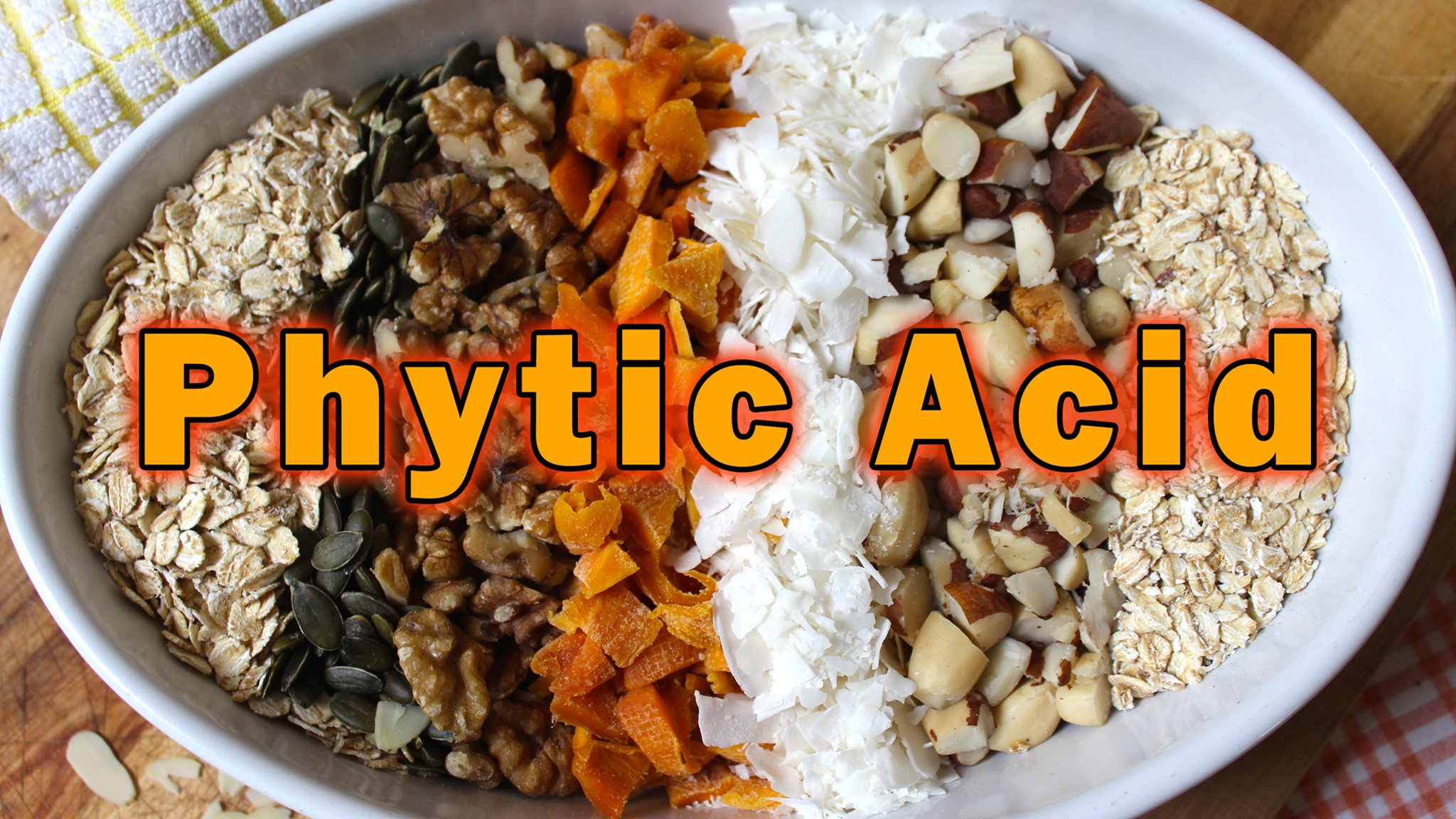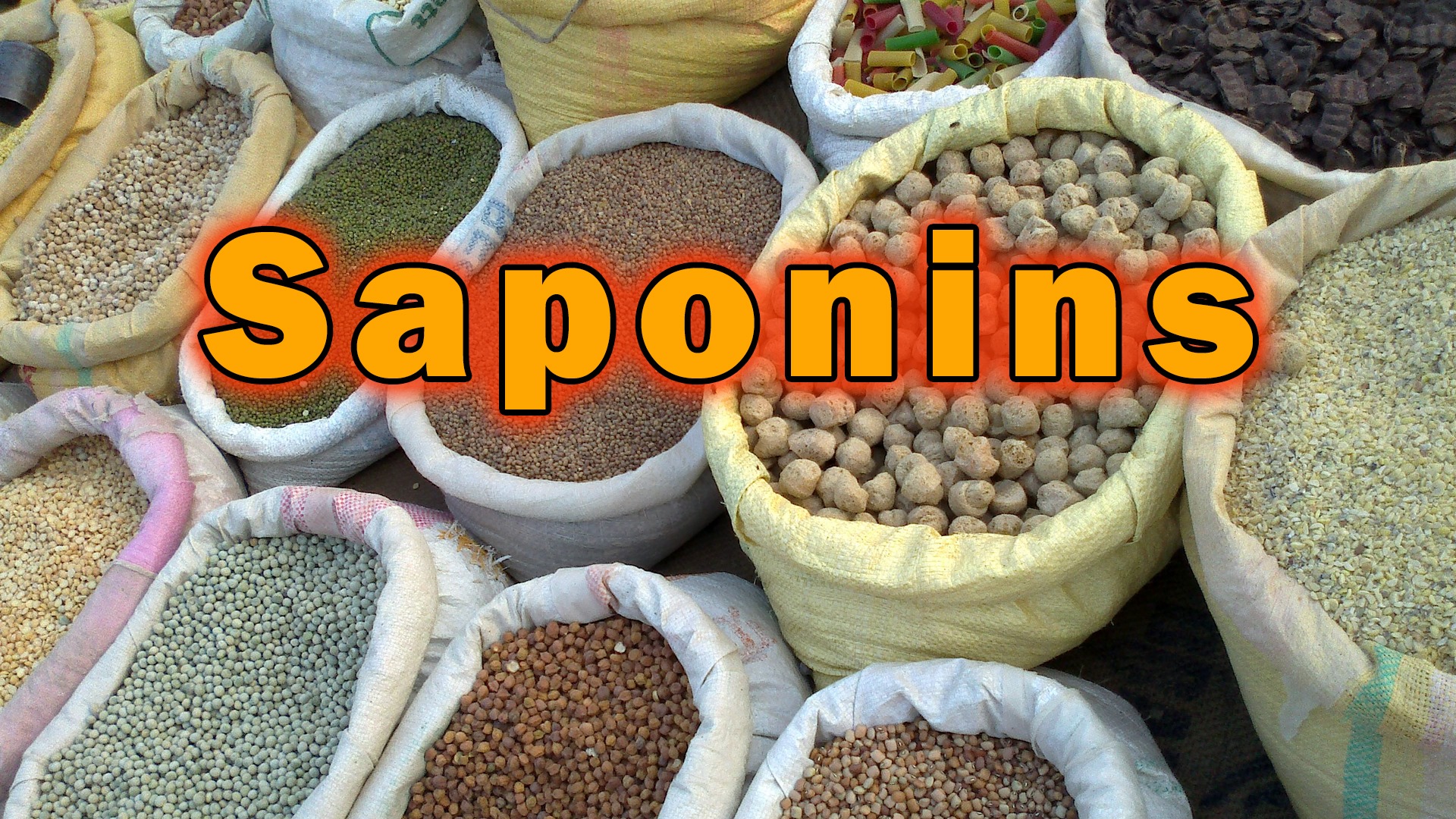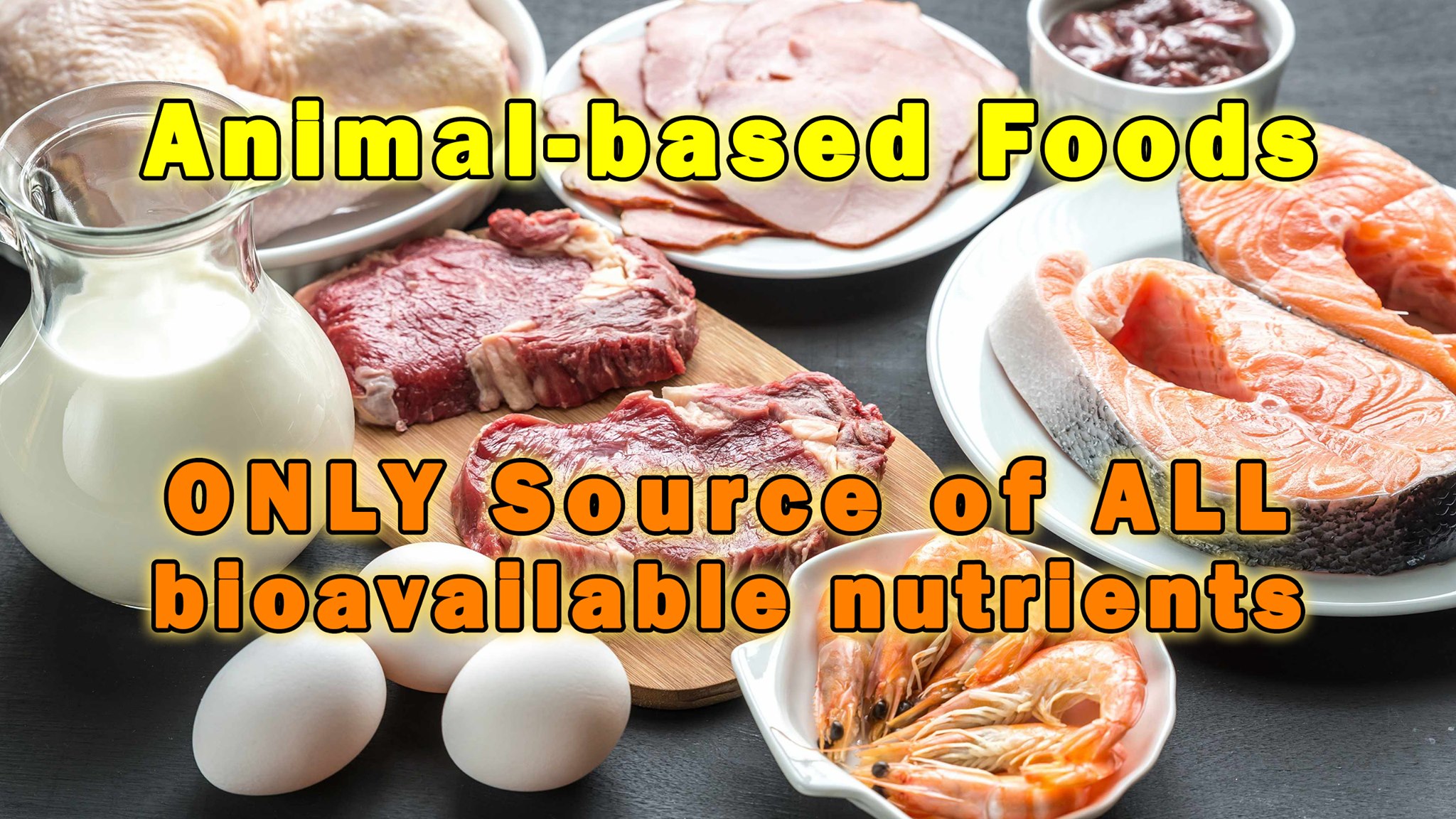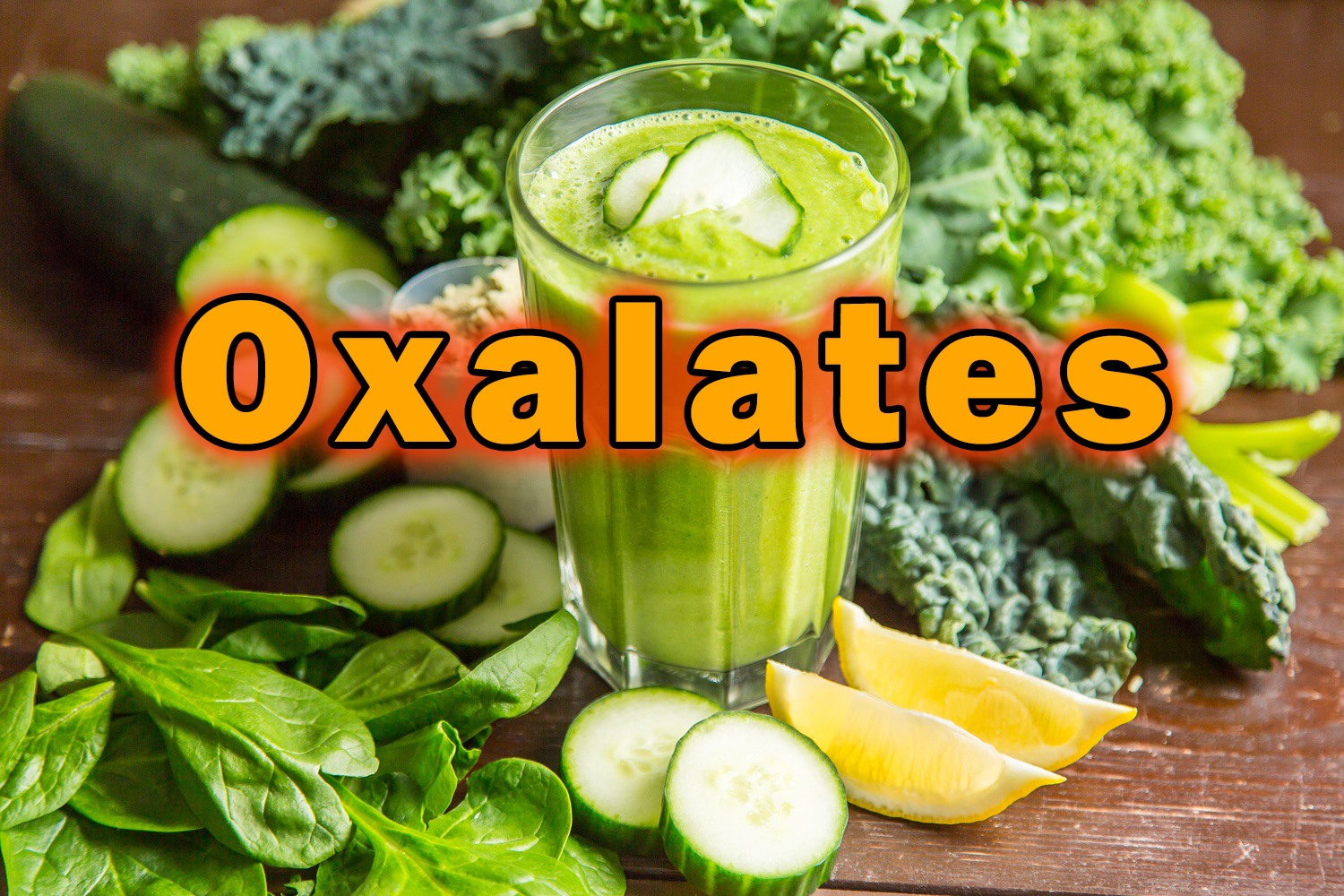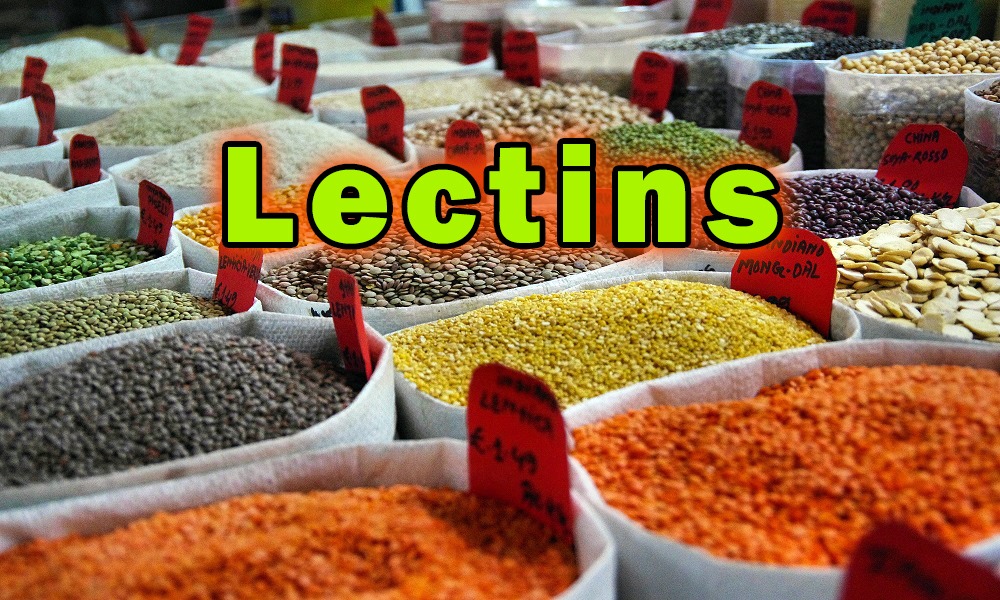What do you believe? The MORONa-virus
Have you studied the history of modern medicine? How Pasteur lied and manufactured false evidence of the germ theory and how one of the thirteen ruling bloodlines of Rockefeller ran with the idea and founded modern medicine? Have you looked into the germ theory and the healthy terrain? Or psychoneuroimmunology, physiology, the biome, pathogens, somatid’s (or microzyma’s), pleomorphism, chemistry, and mycotoxins? And what about sickness and secondary sickness? If you have an understanding of […]
What do you believe? The MORONa-virus Read the Full Article »


